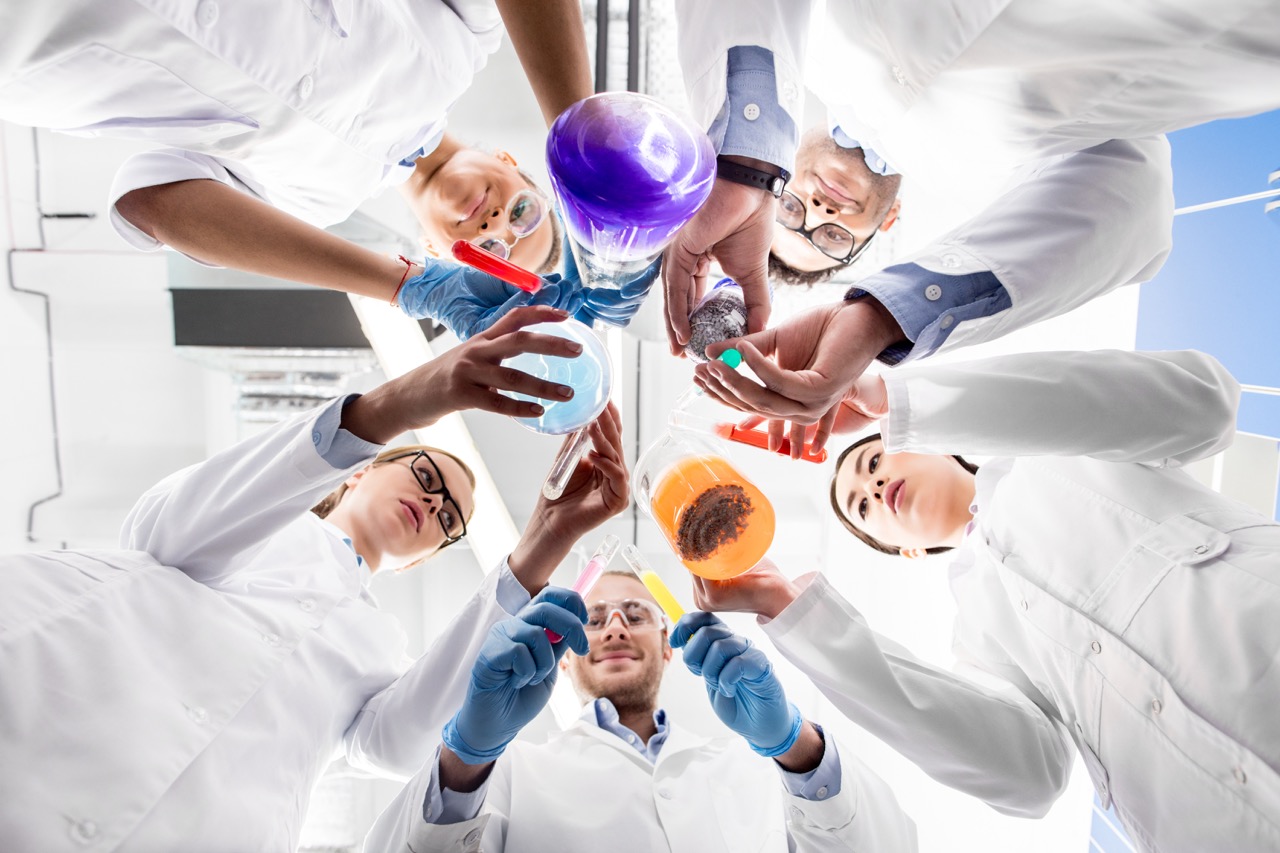Yoshinori Ohsumi, a Japanese cell biologist, has made significant contributions to our understanding of autophagy, a fundamental process of cellular recycling. His groundbreaking research has unveiled the intricate mechanisms by which cells degrade and recycle their components, leading to critical insights in various fields, including medicine, genetics, and biochemistry. Ohsumi’s work earned him the Nobel Prize in Physiology or Medicine in 2016, cementing his status as a pioneer in cell biology. This article delves into the mechanisms of autophagy, the transformative experiments conducted by Ohsumi, and the potential medical advancements stemming from his research.
Introduction to Yoshinori Ohsumi’s Pioneering Research
Yoshinori Ohsumi began his exploration of autophagy in the 1990s, focusing on yeast cells as a model system to investigate cellular processes. His innovative approach utilized genetic manipulation to study how cells digest and recycle their own components under conditions of starvation. By creating a series of yeast mutants, Ohsumi was able to identify several key genes involved in the autophagy process, laying the groundwork for future research. His meticulous experiments showcased the critical role of autophagy in maintaining cellular health and function.
Ohsumi’s passion for understanding fundamental biological processes was driven by his belief that cellular recycling is essential not only for cell survival but also for adaptation to environmental changes. His early findings revealed that autophagy is a highly regulated process that involves the formation of double-membrane structures called autophagosomes, which encapsulate and transport cellular debris to lysosomes for degradation. This work illuminated the vital role of autophagy in cellular homeostasis and prompted further investigation into its implications for human health and disease.
The significance of Ohsumi’s research extends beyond basic biology; it has opened new avenues for understanding various diseases linked to autophagy dysfunction, such as cancer, neurodegenerative disorders, and infections. By elucidating the mechanisms that govern this vital process, Ohsumi has paved the way for a deeper comprehension of cellular dynamics and their impact on overall organismal health, making his contributions invaluable in the field of biomedical research.
The Mechanisms of Autophagy and Cell Recycling Explained
Autophagy, derived from the Greek words meaning "self-eating," is a cellular process that allows cells to degrade and recycle their own components. This mechanism is crucial for cellular maintenance, particularly during times of stress or nutrient deprivation. The process begins with the formation of a phagophore, a precursor to the autophagosome, which engulfs damaged organelles, misfolded proteins, and other cellular debris. Once the autophagosome is formed, it fuses with a lysosome, where the contents are broken down by hydrolytic enzymes.
Ohsumi’s research uncovered various genes and proteins that regulate autophagy, including ATG (autophagy-related) genes. These genes play essential roles in the initiation, elongation, and closure of the phagophore, as well as the subsequent fusion with lysosomes. The discovery of these regulatory pathways has provided insights into how cells maintain their integrity and adapt to changing conditions. Moreover, Ohsumi’s work revealed that autophagy is not only a survival mechanism but also plays a role in cellular signaling and metabolic regulation.
The intricate interplay of the autophagy pathway is crucial for the proper functioning of cells. Dysregulation of autophagy has been linked to various diseases, including cancer, where it can either suppress or promote tumor growth depending on the stage of the disease. Understanding the mechanisms involved in autophagy and how they contribute to cell recycling is vital for developing therapeutic strategies that target these pathways in disease management.
Key Experiments That Transformed Cell Biology Understanding
Ohsumi’s pioneering experiments involved the use of yeast to identify the genetic basis of autophagy. One of his landmark studies involved the isolation of yeast mutants that were unable to undergo autophagy in response to starvation. By screening thousands of yeast strains, he identified several key genes involved in the autophagic process, which would later be characterized as essential components of the autophagy machinery. This genetic approach not only highlighted the fundamental nature of autophagy but also established yeast as a valuable model organism for studying cellular recycling.
One of the most notable experiments conducted by Ohsumi demonstrated the formation of autophagosomes in response to nutrient deprivation. He utilized electron microscopy to visualize the autophagic structures within yeast cells, providing direct evidence of their existence and function. This groundbreaking work established a clear link between autophagy and cellular adaptation to stress, emphasizing the importance of this process in maintaining cellular health.
Additionally, Ohsumi’s studies have prompted a wealth of subsequent research focusing on the role of autophagy in human health and disease. His identification of key regulatory pathways and genes has led to further investigations into how autophagy can be manipulated for therapeutic purposes. The methodologies developed in Ohsumi’s lab continue to inspire researchers worldwide, fostering a deeper understanding of cell biology and the mechanisms underlying cellular recycling.
Implications of Ohsumi’s Discoveries for Future Medical Advances
The implications of Yoshinori Ohsumi’s research on autophagy extend far beyond basic biology and into the realm of medical science. His discoveries have paved the way for new approaches in understanding and treating diseases characterized by dysfunctional autophagy, such as neurodegenerative disorders like Alzheimer’s and Parkinson’s disease. By elucidating the molecular pathways involved in autophagy, researchers are now better equipped to develop therapies that can enhance or restore autophagic functions in affected cells.
Furthermore, Ohsumi’s findings have significant implications for cancer research. Autophagy can play a dual role in cancer progression: while it may suppress tumor initiation by removing damaged organelles and proteins, it can also provide a survival mechanism for established tumors, allowing cancer cells to thrive under nutrient-deprived conditions. Understanding how to manipulate autophagy could lead to novel strategies for cancer treatment, potentially improving therapeutic outcomes for patients.
Additionally, the insights gained from Ohsumi’s work have opened doors to exploring the relationship between autophagy and aging. As autophagy declines with age, the accumulation of cellular damage may contribute to age-related diseases. This knowledge could inform interventions aimed at promoting healthy aging and longevity through autophagy modulation. In summary, Yoshinori Ohsumi’s research on cell recycling has far-reaching implications, promising advancements in medical treatments and a deeper understanding of the biological processes that underpin health and disease.
Yoshinori Ohsumi’s pioneering research on autophagy has fundamentally transformed our understanding of cellular recycling and its implications for health and disease. By uncovering the intricate mechanisms governing this essential process, Ohsumi has laid the groundwork for future medical advances that may improve the diagnosis, treatment, and prevention of various diseases. His work continues to inspire researchers across the globe, fostering an era of discovery that highlights the importance of cellular processes in maintaining life and health. As the field of cell biology evolves, Ohsumi’s contributions will undoubtedly remain influential in shaping the future of medical research and therapeutic innovation.










